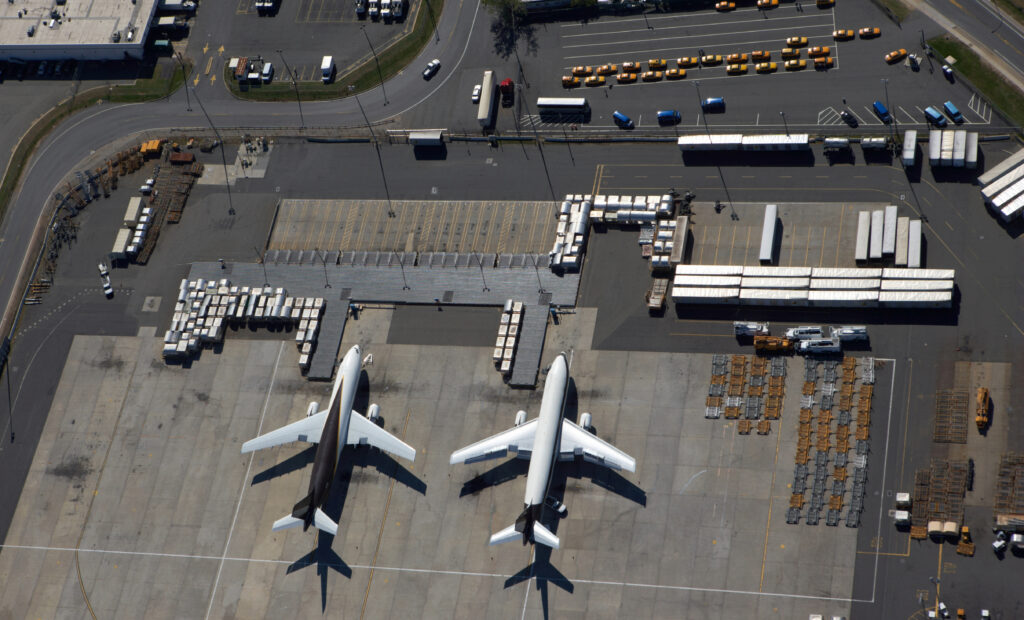International Air Transport Association (IATA) has warned of a critical airport capacity crunch that threatens travel freedom and economic growth.
With increasing demand for air connectivity, IATA has released a White Paper outlining how existing airport infrastructure must be maximized through improved slot management. The number of airports requiring slot coordination under IATA’s Worldwide Airport Slot Guidelines has surged to nearly 400 globally, with projections suggesting a 25% increase in the next decade.
European airports facing a capacity crisis
In Europe, the issue is particularly severe, with Airports Council International (ACI) Europe forecasting that up to 12% of air travel demand in 2050 will be unmet due to insufficient airport infrastructure. Political constraints on large-scale projects like new runways exacerbate this, threatening Europe’s competitiveness in global air travel.
“The only long-term solution is new construction. But in the meantime, we must maximize every last unit of capacity from the infrastructure we have.”, said Nick Careen, IATA’s Senior Vice President for Operations, Safety
Call for stronger airport accountability
IATA’s White Paper calls for a rebalancing of accountability between airlines and airports. Currently, airlines face penalties for underutilizing their allocated slots, while airports face little accountability for under-delivering promised capacity. This, IATA argues, limits global connectivity and economic benefits.
Call for stronger airport accountability
IATA calls for a rebalancing of accountability between airlines and airports. Currently, airlines face penalties for underutilizing their allocated slots, while airports face little accountability for under-delivering promised capacity. This, IATA argues, limits global connectivity and economic benefits.
To address the imbalance, IATA proposes:
- Regular capacity reviews and transparent consultations to identify overlooked opportunities for capacity increases.
- Global benchmarking of airport capacity against best practices.
- Consequences for airports that fail to deliver promised capacity.
“Stronger regulations will close the gap between high-performing airports and mediocre ones, ensuring passengers enjoy better service and increased access to global travel opportunities”, added Careen.
These developments highlight the importance of efficient airport infrastructure in facilitating affordable and accessible global travel. As demand for air connectivity continues to rise, a concerted effort is needed to ensure both airlines and airports work toward maximizing capacity, benefiting travelers and economies alike.



